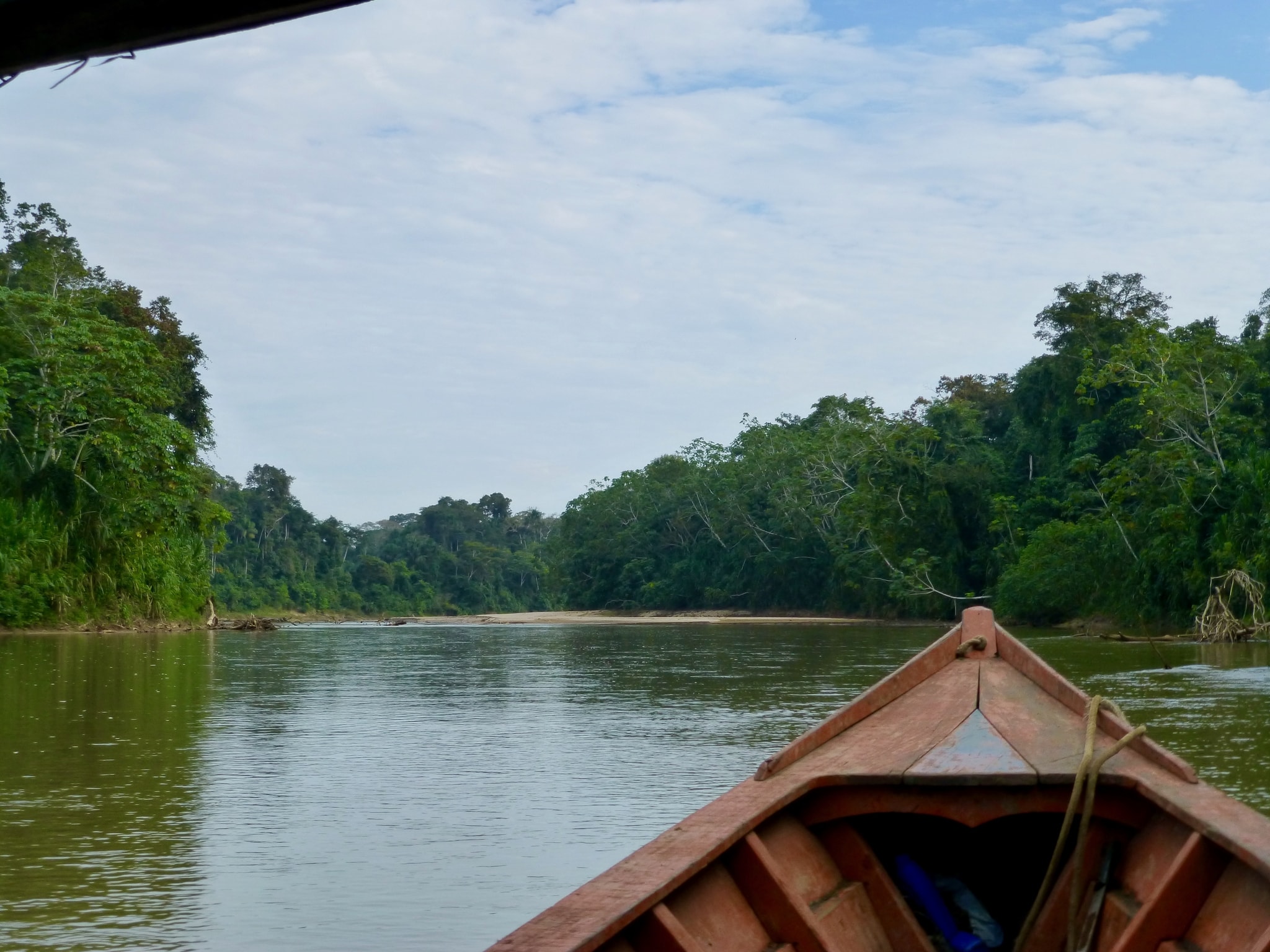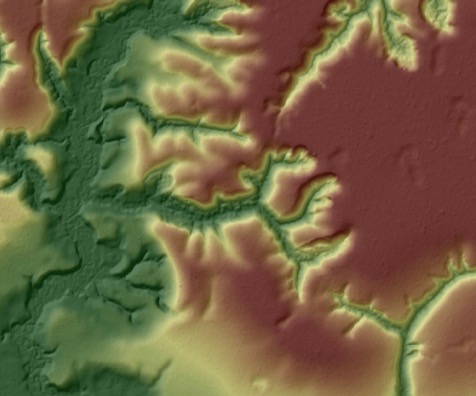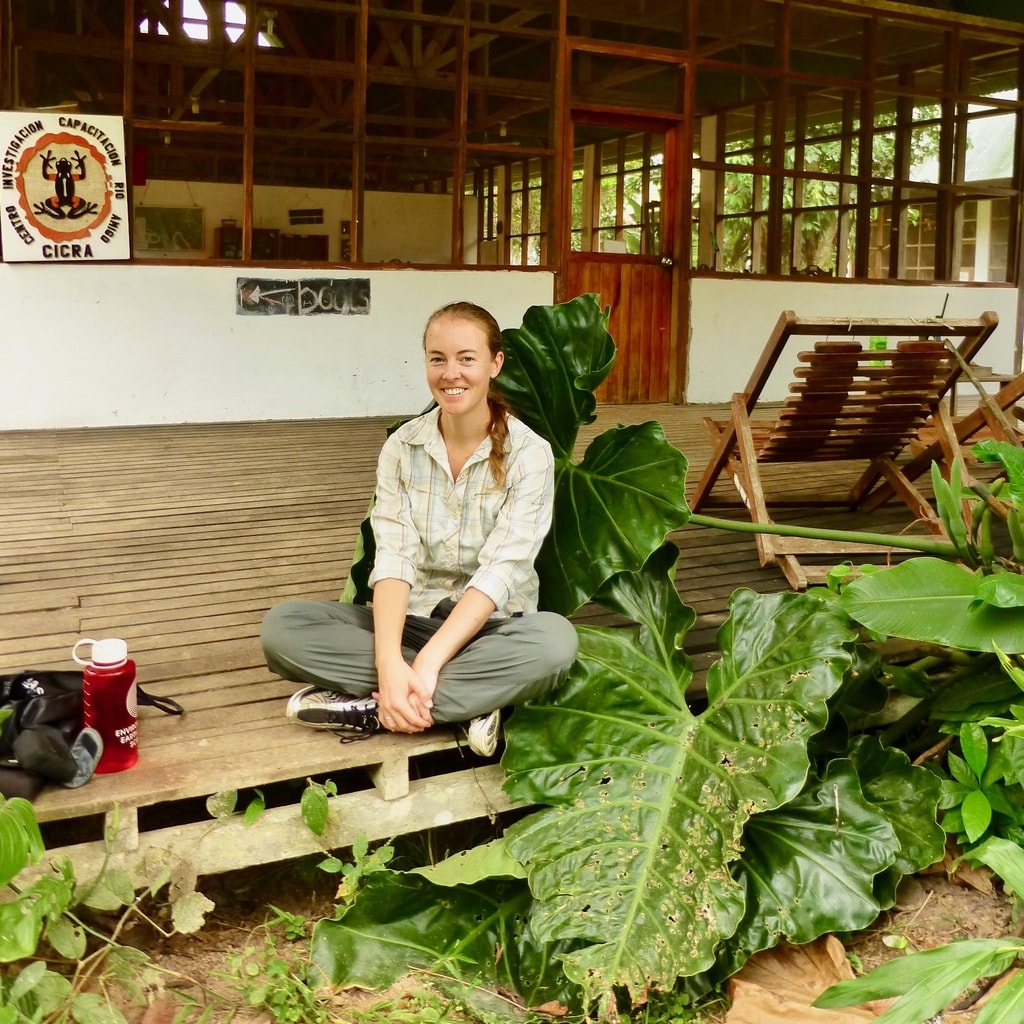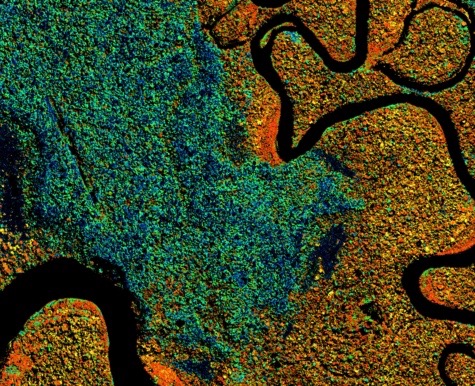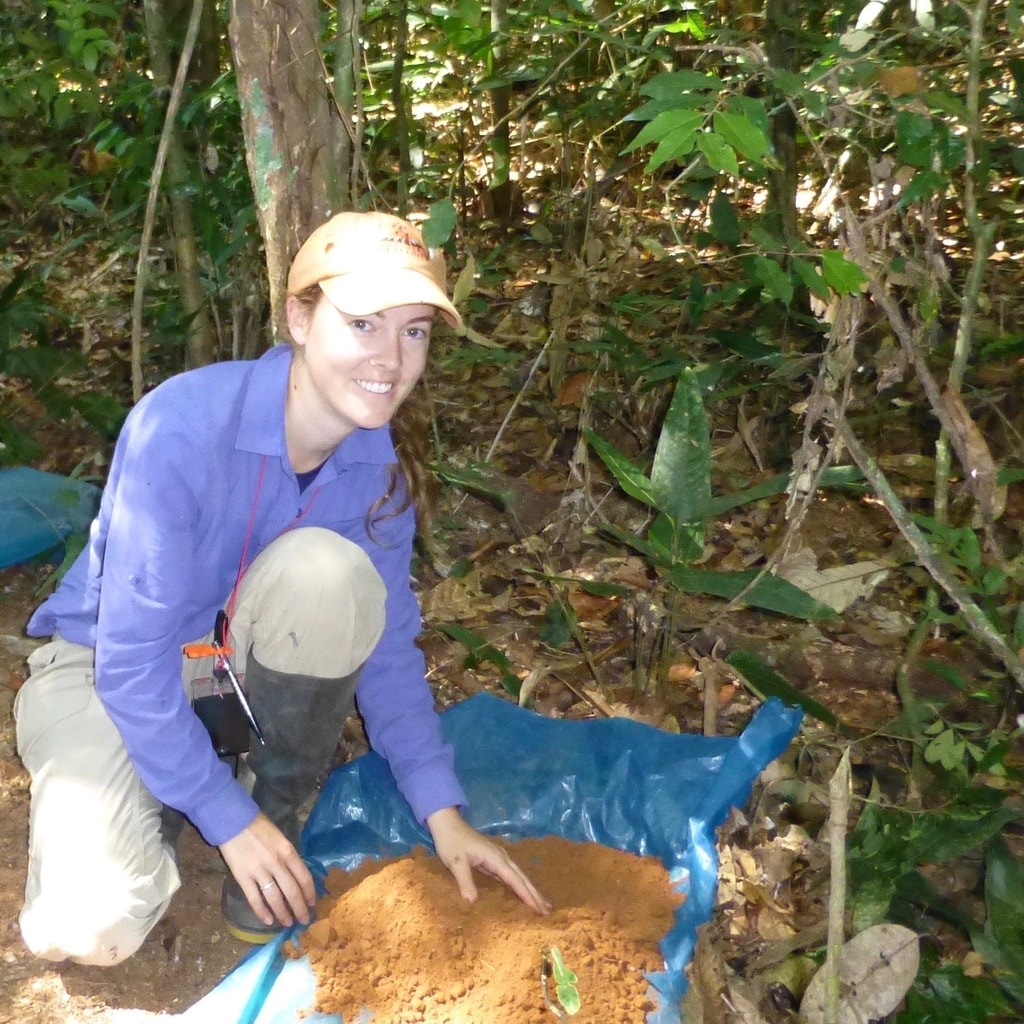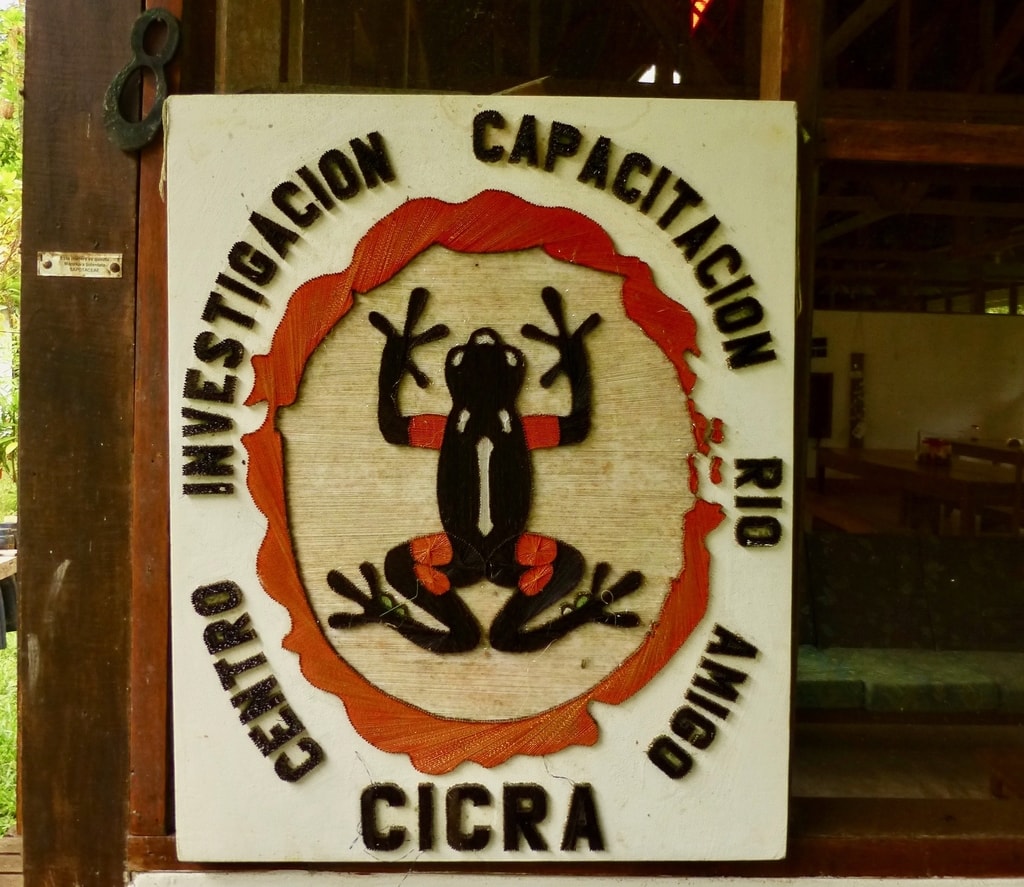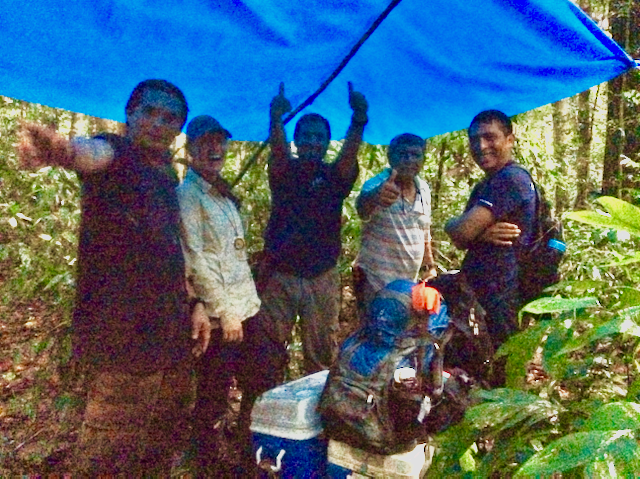Nutrient Cycling & Rejuvenation in an Amazonian Terra Firme Forest
The interactions of biogeochemical and geomorphological processes
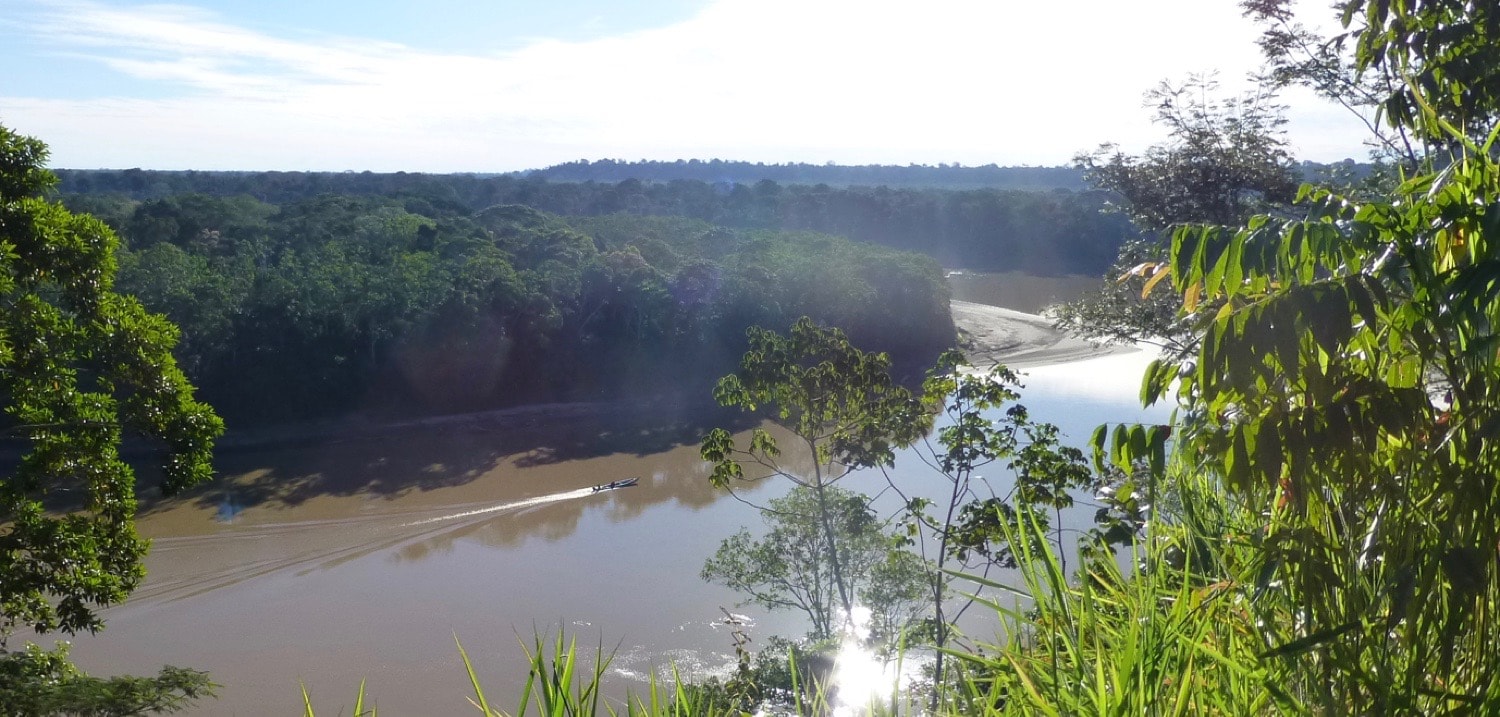
My dissertation work focused on understanding the role that hillslope processes play in determining the distributions of nutrients in soils and the subsequent organization of forest canopy characteristics. Terra firme forests in the southwestern Peruvian Amazon exist on terrace formations that were deposited by rivers flowing from the nearby Andes Mountians. Over time, the soils in these forests have experienced extensive leaching due to rainfall that exceeds 2.5 meters annually. This leaching results in depletion of essential rock derived nutrients, such as phosphorus and calcium. However, these landscapes evolve via streams cutting down through these terraces, removing nutrient poor surface soils, and potentially exposing sediments that retain a higher amount of nutrients. My work examined these dynamics in a terra firme forest to understand the role that the evolution of these landscapes plays in biogeochemical cycling and ecosystem organization.
